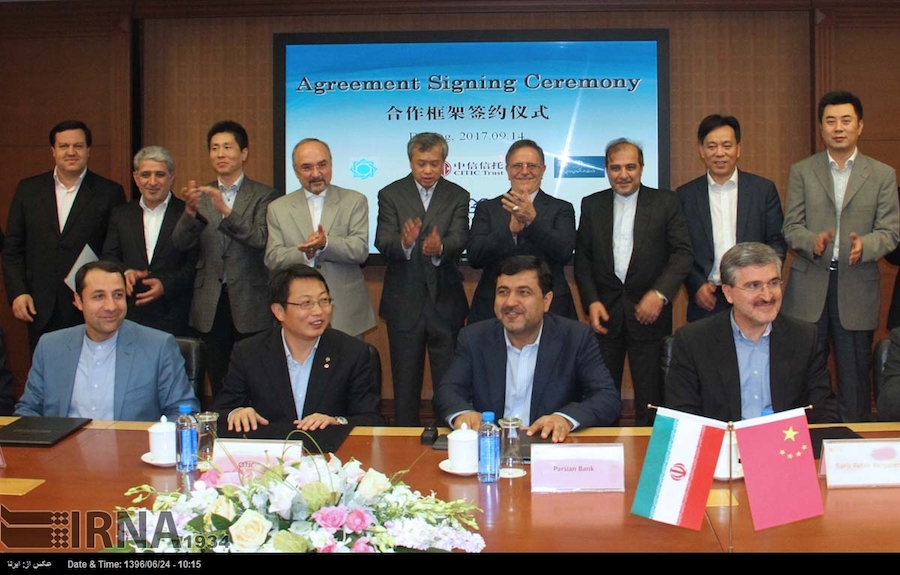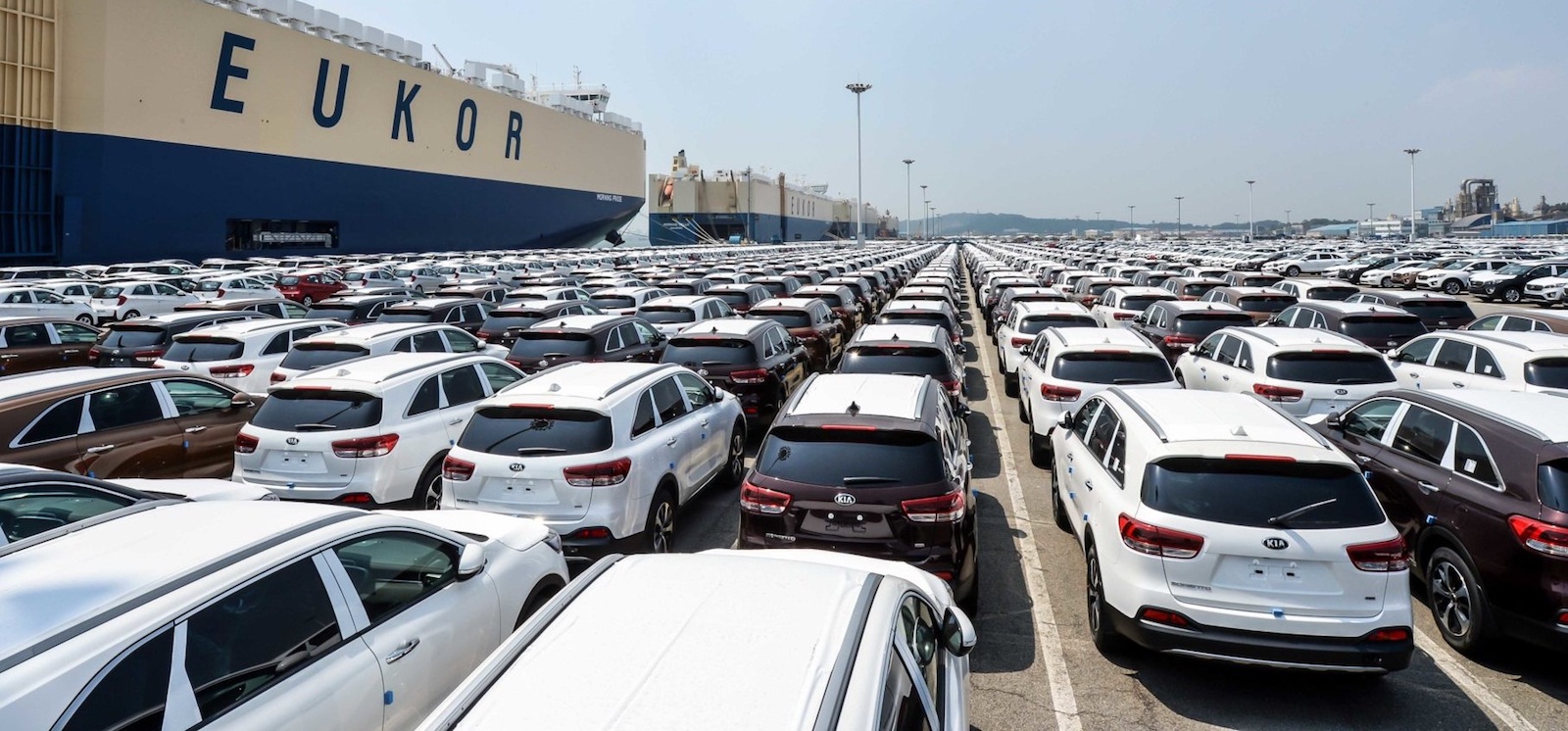
A new credit line for Iran: $10b
During the last week’s visit of the Governor of the Central Bank of Iran to China, an agreement was signed to extend a 10-billion-dollar credit line between five Iranian banks and Chinese CITIC financial group.
After the agreement between Iran and South Korea in August for extending an 8-billion-dollar credit line between South Korea’s Eximbank and Iran, this is the second large banking agreement signed by Iran.
In spite of the lifting of the sanctions in 2016, many large banks which have capital in the United States, fearing US policies, refuse to establish banking relations with Iran.
Valiollah Seif, Governor of the Central Bank of Iran also announced the agreement of Chinese financial institutes to offer a 35-billion-dollar loan for Iranian urban development projects. In order to avoid sanctions, the new credit lines will be offered in yuans and euros.
How many pen, pencil and notebooks we produce?
In preparation for the start of the new school year, the Ministry of Industries, Mining and Trade gave a report of stationary production. Based on these statistics, the production of pencils in the first four months of the current year has shown a 7% growth compared to the previous year.
The General Director for Chemical and Cellulose Industries at this ministry, Parvin Nabati said: “The domestic demand for pencils is around 230 million units which is satisfied domestically. Pencils, pens and notebooks are in the list of purchase prohibitions of similar foreign product for Governmental organizations. Furthermore, by issuing an import tax of 55% and adjusting the base import price, we are seeking to support domestic producers.”
Read more about Stationary production in Iran
Olive no longer will be imported
The Ministry of Agriculture has banned the import of olives and their seeds in any form. The ministry predicts that this year 85 thousand tons of olives will be harvested from 84 thousand hectares of olive groves.
According to the Ministry of Agriculture most of the olive groves are old and worn-out. The average harvest across the country is 2.1 tons per hectare. While the per capita consumption of the canned olive in Iran is twice as much as global average, the olive oil consumption is very low.
Read more about Olive consumption in Iran
More private participation in insurance industry
The Central Insurance of the Islamic Republic of Iran will reduce its shares of mandatory reinsurance during the sixth development plan.
The Head of Reinsurance at the Central Insurance of Iran, Hassan Motesharrei said: “Central Insurance of Iran is responsible for slowly reducing mandatory reinsurance in the trade insurance industry in order to reduce the role of the government in insurance and increase private role in the economy. Based on this, the Central Insurance of the Islamic Republic of Iran will slowly reduce its shares of non-life insurances from 15 to 10 percent and life insurances from 25 to 20 percent by the end of this project in 2025.”



